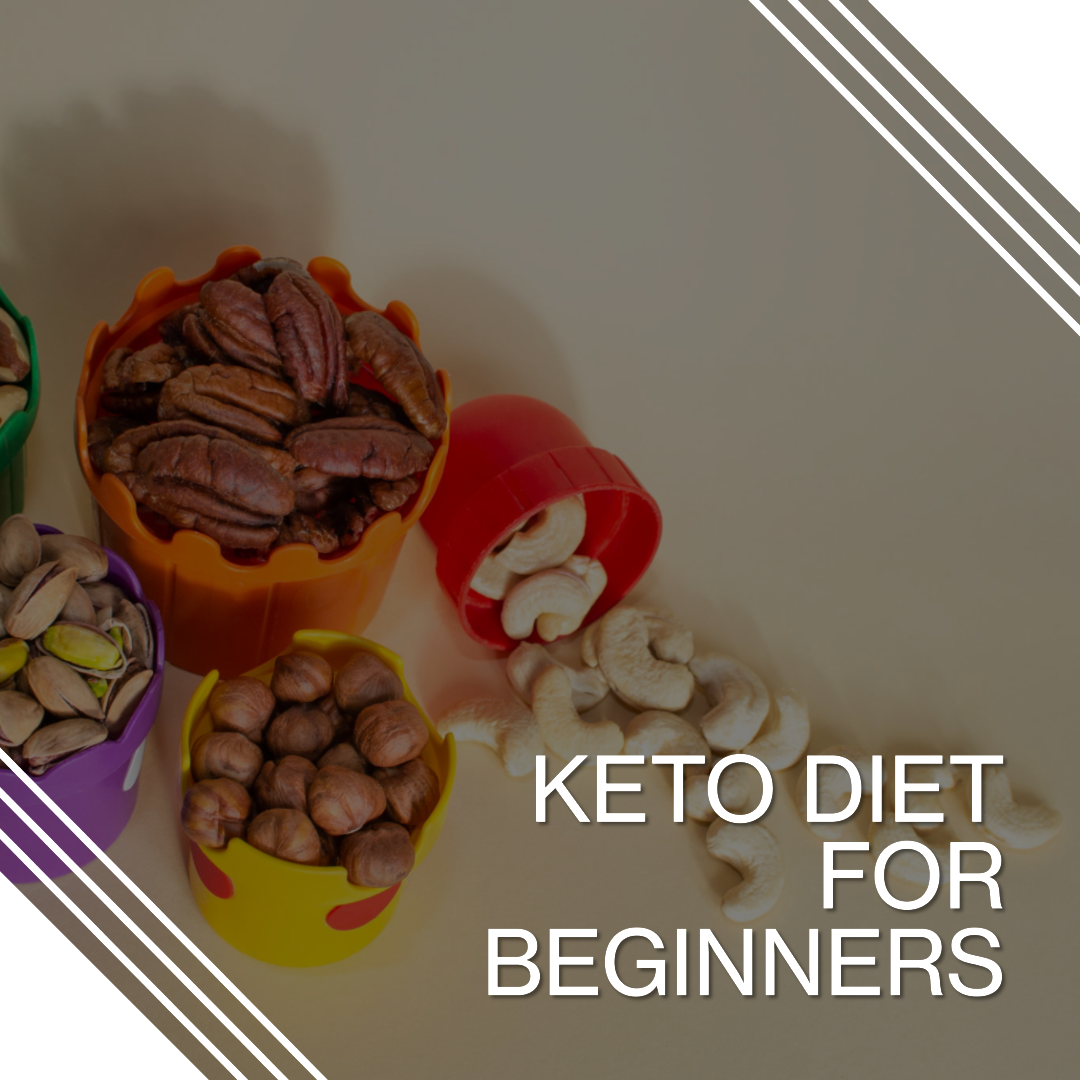Getting Started with the Keto Diet: A Beginner’s Guide
Embarking on a new dietary regimen can be both exciting and daunting. If you’ve chosen the keto diet as your path to healthier living, you’ve made a fantastic decision! But before you jump in, it’s vital to understand the nuances of this low-carb, high-fat diet. From our extensive guide on “Unlocking the Benefits of the Keto Diet“, let’s drill down further into the fundamentals for beginners.
What is the Keto Diet?
The keto diet revolves around a simple principle: drastically reduce your carbohydrate intake and replace it with fats. This shift pushes your body into a metabolic state called ketosis, where it burns fat for energy instead of carbs. Check out “Achieve Rapid Weight Loss with the Keto Diet” for more insights.
Why Go Keto?
- Weight Loss: One of the most sought-after benefits of the keto diet. By burning fat for energy, you can achieve rapid weight loss.
- Improved Brain Function: Some claim enhanced focus and clarity on keto.
- Potential Health Benefits: From reversing insulin resistance to managing diabetes symptoms, the potential health benefits are vast.
Keto Diet: The Do’s and Don’ts
The keto diet comes with a set of specific food guidelines. High-fat foods like avocados, nuts, and seeds are on the yes list, while high-carb foods like bread, pasta, and sugar are a no-go. Get a detailed view on “Keto Diet: What Not to Eat“.
- Do’s: Meat, Fatty Fish, Eggs, Butter, Healthy Oils, Avocados, Low-Carb Veggies, Cheese, Nuts and Seeds, Berries.
- Don’ts: Sugary Foods, Grains, Fruit, Beans, Root Vegetables, Low-Fat Products, Unhealthy Fats, Alcohol.
Getting Started: Step-by-Step
- Educate Yourself: Before diving in, familiarize yourself with the basics. Understand the foods you should avoid and those you should consume.
- Plan Your Meals: Consider your dietary needs and preferences. Explore keto-friendly recipes, including Mexican dishes, to keep your meals exciting.
- Stay Hydrated: The initial stages of keto can lead to water loss. Ensure you’re drinking ample water to stay hydrated.
- Monitor Your Macros: Track your carbohydrate, protein, and fat intake. There are various apps and tools available to help with this.
- Listen to Your Body: Every individual’s experience with keto is unique. Pay attention to how your body responds and adjust accordingly.
“Keto isn’t just a diet, it’s a lifestyle. Embrace the change, and the results will follow.” – Keto Enthusiast
Overcoming Common Challenges
Starting a new diet isn’t always smooth sailing. Here are some common challenges faced by keto beginners and how to overcome them:
- Keto Flu: As your body adjusts to burning fat for fuel, you might experience flu-like symptoms. Stay hydrated, consume enough electrolytes, and get plenty of rest.
- Staying in Ketosis: It can be challenging to remain in ketosis, especially with hidden carbs lurking in many foods. Educate yourself, plan your meals, and consider using ketone test strips.
- Dining Out: While eating out on keto can be tricky, it’s not impossible. Opt for grilled meats, salads, and avoid sauces that might contain hidden sugars.
Expert Tips for Success
- Intermittent Fasting: Combining keto with intermittent fasting can amplify the benefits of both.
- Stay Active: Incorporate regular physical activity into your routine. This not only supports weight loss but also overall well-being.
- Join a Community: Connect with fellow keto enthusiasts. Share experiences, recipes, and support each other on this journey.
- Continuous Learning: The world of keto is vast. From understanding the benefits of intermittent fasting to navigating the keto diet, there’s always something new to learn.
How Can Intermittent Fasting Enhance Your Keto Experience?
Combining the keto diet with intermittent fasting can potentially fast-track your journey towards your health goals. Fasting enhances the ketosis process, which in turn may accelerate weight loss and improve insulin resistance. Learn more about it on “Intermittent Fasting: Is It Healthy?” and “Fasting 16 Hours a Day: Unleashing the Power of Intermittent Fasting“.
Linking Keto Diet and Blood Sugar
The keto diet can help regulate blood sugar levels—a crucial aspect for individuals with diabetes. As the diet restricts your carb intake, it reduces your body’s demand for insulin, aiding blood sugar control. Read “HbA1c: The Three-Month Snapshot of Your Blood Sugar You Need to Understand” and “Unraveling the Mystery: Understanding Diabetes Symptoms” for more insights.
Overcoming Insulin Resistance with Keto Diet
The ketogenic diet can be a powerful tool for reversing insulin resistance, a condition where your body doesn’t use insulin effectively, leading to high blood sugar. Our guide “Reversing Insulin Resistance: Methods & Diet” delves deeper into this issue.
As with any diet, starting a keto regimen requires dedication and preparation. Armed with these insights, you’re well-prepared to embark on your keto journey. Remember to consult your healthcare provider before starting any new diet plan. To your health!
For more insights on the ketogenic diet and its benefits, check out Diet Doctor’s comprehensive guide.

